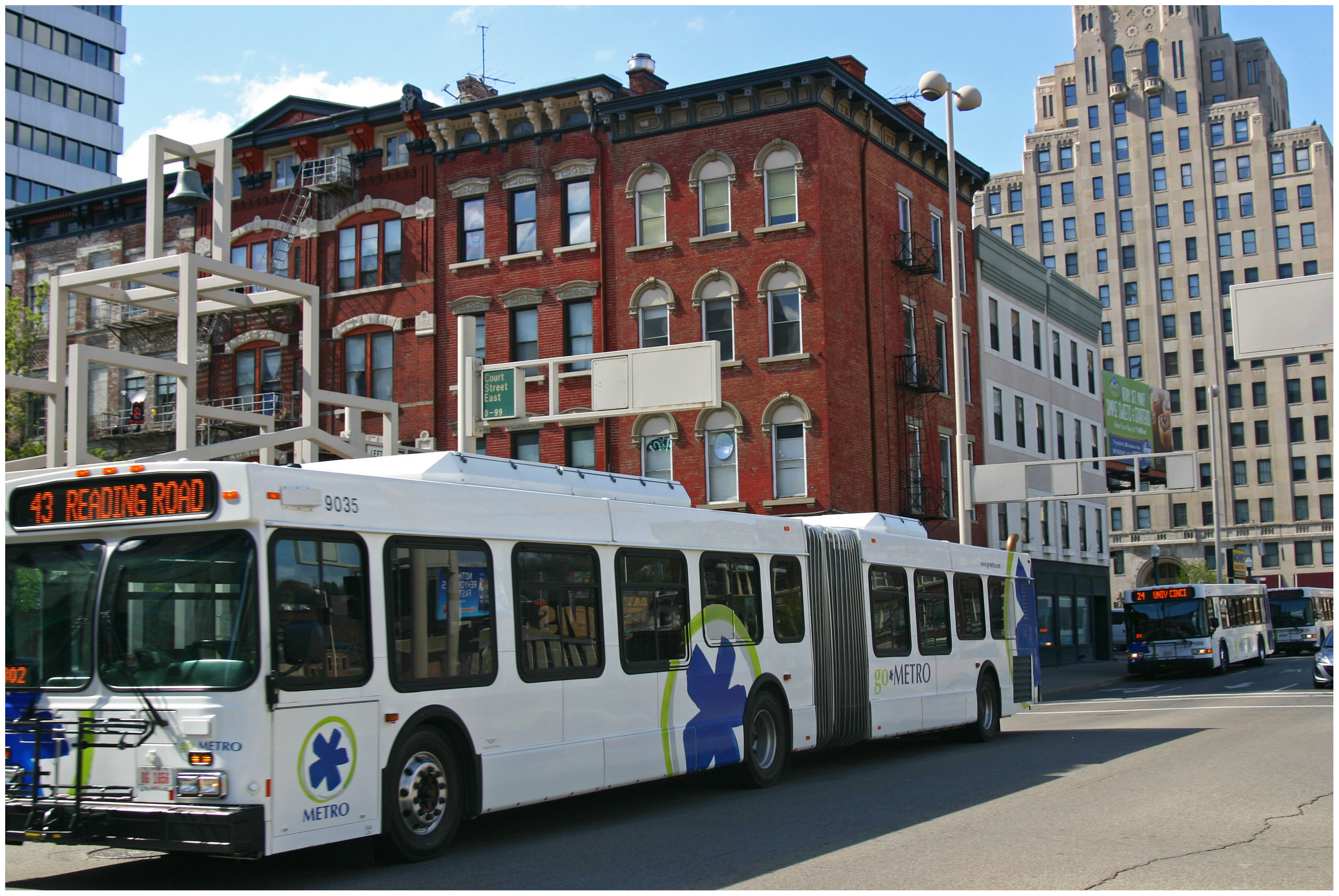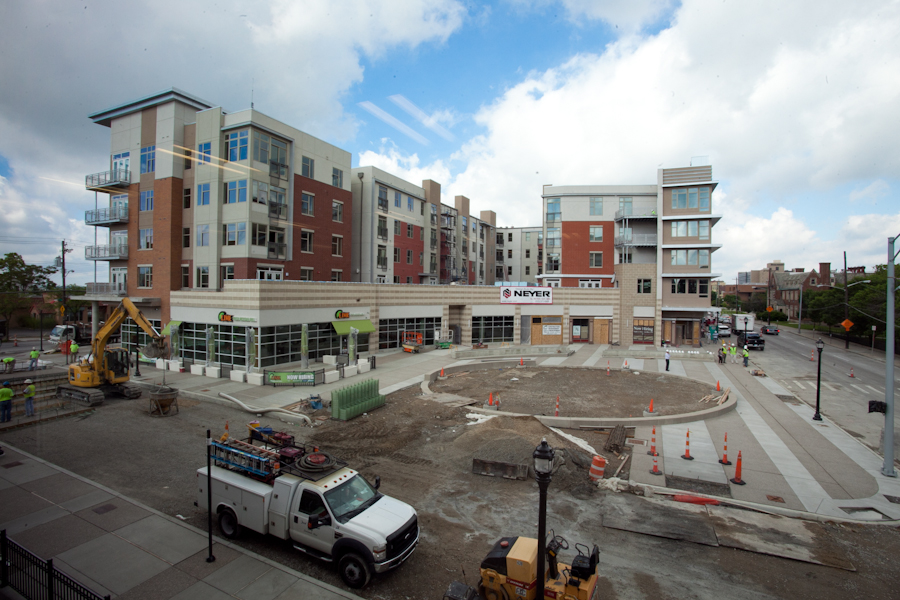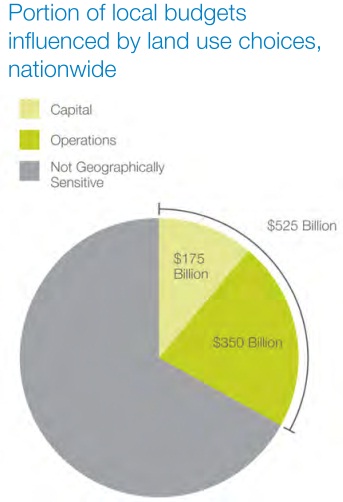A new survey conducted by the Mineta Transportation Institute (MTI) reveals that nearly 74% of Americans support the use of their tax dollars for “creating, expanding, and improving public transportation” in their community.
The results were championed by groups like the American Public Transportation Association (APTA) at their annual rail conference being held in Philadelphia.
“We are experiencing this surge in support because citizens can see, touch, and feel the economic impact of investing in public transportation,” said APTA Chair Flora Castillo. “This survey emphasizes that public transit plays a great role in society because it directly touches people’s lives.”

Ridership and public support for transit has continued to grow in Cincinnati, despite consistent attacks from the Kasich administration. Photograph by Randy Simes for UrbanCincy.
The survey comes as many transit agencies around the United States are experiencing gains in ridership, including an additional 200,000 riders on Metro bus service in 2012. The news also comes on the heels of the approval of Ohio’s budget which includes a provision that bans students in grades K-5 from using transit buses for their transportation to or from school.
“A provision like this would be devastating to these students’ ability to get to school,” Roseanne Canfora, spokeswoman for the Cleveland Metropolitan School District, told the Cleveland Plain Dealer in May.
Cincinnati Public Schools (CPS) also utilizes Metro bus service to get students to and from school. While Metro’s contract with CPS does not include students in grades K-5, the state-level changes reflect a growing anti-transit sentiment from the statehouse in recent years.
While ridership on transit and support for taxes going towards transit increases throughout Ohio and the United States, the State of Ohio continues to invest in almost exclusively roads. In the recommended 2014-2015 Transportation Budget, Governor John Kasich (R) and ODOT Director Jerry Wray call for a mere 1.9% of the $3.1 billion budget to go towards public transportation.
The newly released study championed by APTA focuses on national policy, however, and shows that the non-profit advocacy group aims to arm themselves with the results.
“We look forward to sharing these great results with Congress,” said APTA President and CEO Michael Melaniphy. “In most political circles, receiving nearly 74 percent in favor of increased investment would be considered a landslide.”
The MTI-conducted survey also found that 66% of Americans believe that Congress should increase its spending for public transportation.
Locally in Cincinnati, meanwhile, funding levels for Metro continue to stagnate as the City of Cincinnati has remained as the sole regional financial contributor to the Southwest Ohio Regional Transit Authority (SORTA) since its creation in 1973.
SORTA officials have attempted to grow support from regional partners by restructuring its board, as recently as 2009, to include more regional representation from Butler, Warren and Clermont Counties. The efforts, however, have not yet changed the funding equation.
“Any change to the current funding system is a matter for consideration by Cincinnati and Hamilton County elected officials, and voters in this region,” explained SORTA Board chair, Suzanne Burke. “We are unaware of any changes being considered, and additional public funding from Clermont, Warren or Butler counties is for their citizens and elected officials to consider.”
With no additional funding partners or public taxes envisioned for the near future, SORTA officials are working to continue to grow and restructure its service that is reflective of the changes in the city and region over the past 40 years – something that has not, and will not be easy to do.
“Metro is pleased with the recent news released by APTA,” Burke concluded. “We believe this region’s changes since 1973, when our system was formed, require us to consider possible improvements in public transportation. Public transit is a key job connector and a huge factor in the improved quality of life in our region.”





